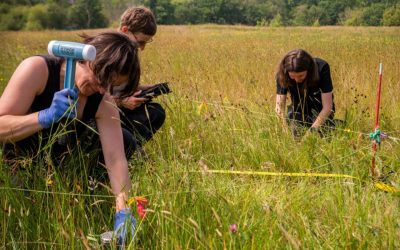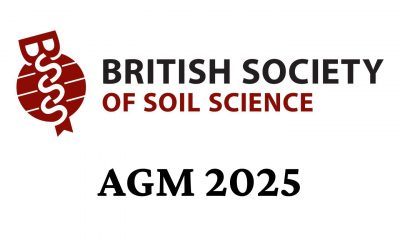Guest blog written by Wiley - publishers of the BSSS journal, the European Journal of Soil Science (EJSS)
Peer review is one of, if not the, most important aspects of academic publishing. To celebrate the European Journal of Soil Science‘s 75 years of scientific excellence in Soil Science, we’re partnering with the British Society of Soil Science to highlight the essential role that the peer review process plays in maintaining the scientific record.
What is Peer Review exactly?
Peer review is a process where experts evaluate the quality and validity of research articles before publication, ensuring the integrity and reliability of scholarly work. It enhances research quality by providing constructive feedback, identifies errors and methodological issues.
This in turn gives an indication of the journal’s quality and integrity – the foundations of a journal’s brand.
There are three main types of peer review:
- Single-anonymized: Reviewer identity is not made visible to author, author identity is visible to reviewer, reviewer and author identity is visible to (decision-making) editor.
- Double-anonymized: Reviewer identity is not made visible to author, author identity is not made visible to reviewer, reviewer and author identity is visible to (decision-making) editor.
- Open peer review: Reviewer identity is visible to author, author identity is visible to reviewer, reviewer and author identity is visible to (decision-making) editor.
In addition, newer models like transparent, collaborative, and post-publication peer review have emerged as variations on the traditional approach.
The peer review process typically involves ten key steps, though specifics may vary by journal. First, the author submits the paper through the journal’s online system. The Editorial Office checks compliance with submission guidelines, but not quality. The Editor-in-Chief then assesses the paper’s scope and originality, potentially rejecting it. An Associate Editor may be assigned to manage the review. The editor invites reviewers, who accept based on their expertise and availability. Reviewers read the paper multiple times, noting major issues and submitting detailed feedback with recommendations. The handling editor evaluates these reviews, possibly seeking additional opinions if needed. The final decision, along with reviewer comments, is communicated to the author, and if accepted, the paper moves to production. Rejected or revised papers receive constructive feedback to help authors improve their work. Reviewers are also informed of the outcome and may be invited to review revisions.
Supporting the process
At Wiley, we’re enormously proud of the work that we do to support the Editors of EJSS and those of its sister journal, Soil Use and Management, in their dedication to quality publishing in Soil Science. This is why we aim to always provide them with the tools and resources they need to perform and execute the process thoroughly and to the high standard the journals deserve.
As part of this we’ve teamed up with one of our major partners in Soil Science, BSSS, to recognise the essential work the Editorial Teams do in upholding scientific and ethical standards. During the 2024 Annual Meeting in Cardiff, UK, in December, we’re bringing together our Editorial Boards for a Workshop on Peer Review, opening the ‘black box’ that it sometimes appears to be to expose its inner workings and giving our Editors the opportunity to discuss the process with us and each other. Editors will be able to share tips and best practice on getting the best out of peer review, in their various roles as Editors, Reviewers and Authors.
Running the Workshop will be one of Wiley’s own in-house journal Editors, Dr. Gareth Jenkins, Executive Editor of the Journal of Biogeography and former Editor in Chief of Ecology & Evolution. As such, he has many years of experience in managing the peer review process himself, so the discussion will be very much ‘peer-to-peer’!




